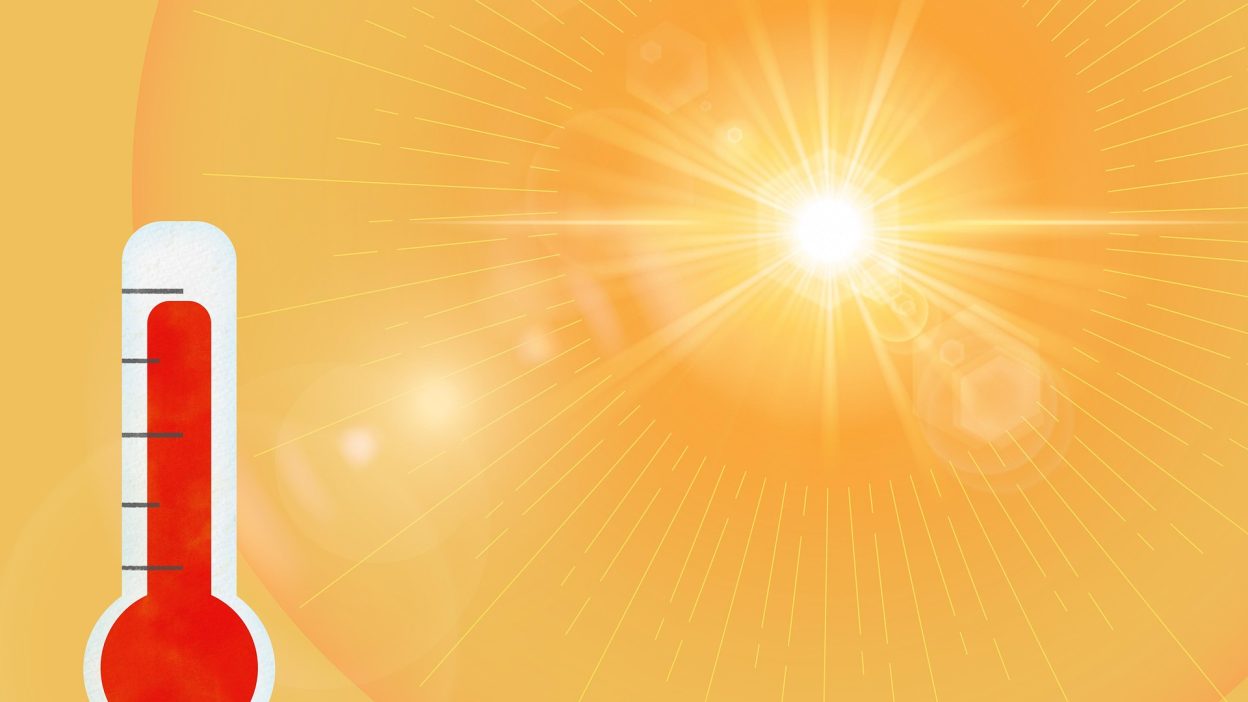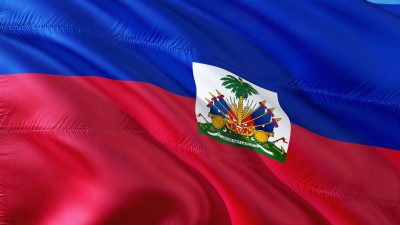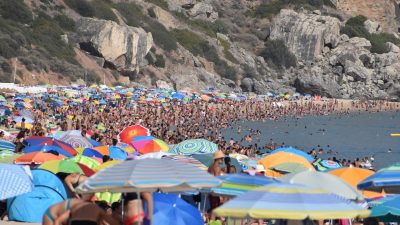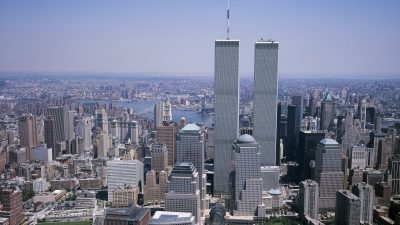The Inferno That Brought Russia to Its Knees
1. The Scorching Summer: How Russia Became a Furnace
The summer of 2010 was unlike anything Russia had experienced in modern history. From June to August, an unrelenting heatwave engulfed large parts of the country, with temperatures soaring above 40°C (104°F) in several regions. This extreme weather persisted for weeks, breaking all previous temperature records and turning the normally temperate landscape into an unbearable inferno.
Meteorologists and climate scientists struggled to comprehend the sheer scale of the catastrophe. Moscow, a city where summer temperatures typically hover around 23°C (73°F), saw its thermometer breach 38°C (100°F)—a historic high. Crops withered, rivers dried up, and asphalt streets became so hot that shoes and tyres began melting. The urban heat island effect exacerbated the situation, trapping millions of residents in unbearable conditions.
This relentless heatwave was not just an inconvenience—it was a climate catastrophe that exposed Russia’s vulnerability to extreme weather and ignited an inferno of destruction.
2. The Climate Puzzle: What Triggered This Devastating Heatwave?
Scientists scrambled to identify the root cause of this unprecedented disaster. Climatologists linked the phenomenon to a rare blocking pattern in the atmosphere, which essentially trapped a high-pressure system over western Russia for several weeks.
- This stagnant anticyclone prevented cooler air masses from entering the region, allowing temperatures to rise unchecked.
- The intense heat evaporated moisture from the soil, further intensifying the drought.
- Smoke and pollution from widespread wildfires created a feedback loop, reducing cloud cover and making temperatures even higher.
Many experts pointed to climate change as a driving factor, arguing that global warming had increased the likelihood of such extreme heat events. The Intergovernmental Panel on Climate Change (IPCC) later reported that this kind of heatwave was three times more likely due to human-induced climate change.
While natural climate variability played a role, the long-term warming trend in Russia had set the stage for this disastrous weather anomaly, making future heatwaves more probable.
3. The Human Toll: Deaths, Injuries, and Shocking Statistics
The 2010 Russian Heatwave was not just an environmental disaster—it was a humanitarian crisis. The staggering statistics paint a grim picture:
- 56,000 people lost their lives, making it the deadliest heatwave in Russia’s history.
- Thousands more suffered from heatstroke, dehydration, and respiratory illnesses, as hospitals became overwhelmed.
- 800 wildfires raged across the country, burning over 1.2 million hectares of land.
- Economic losses soared to $15 billion, crippling the nation’s infrastructure.
- The extreme temperatures destroyed one-third of Russia’s wheat crop, triggering a global food price surge.
Moscow’s mortality rate doubled during the crisis, with morgues struggling to accommodate the influx of bodies. The city’s normally bustling streets fell silent as residents sought refuge indoors, desperately trying to escape the relentless heat.
4. The Firestorm: How Wildfires Ravaged the Land
The scorching heat ignited wildfires across vast swathes of Russia, turning forests and farmlands into raging infernos. Entire villages were engulfed in flames, leaving thousands homeless. The smoke was so dense that visibility dropped to mere metres, grounding flights and creating toxic air conditions.
In many areas, firefighters were ill-equipped to battle the relentless blazes. Russia’s outdated emergency response system struggled to contain the fast-spreading flames, and many residents were forced to battle the fires themselves with whatever tools they could find.
The situation in Moscow was particularly dire, as smoke from burning peat bogs choked the city. Air quality deteriorated to dangerous levels, with pollution concentrations six times higher than normal. Residents walked the streets wearing masks, and many abandoned the city in search of cleaner air.
The fires not only caused billions in damage but also emitted massive amounts of carbon dioxide, further contributing to climate change.
5. The Agricultural Catastrophe: A Nation Starved by the Heat
The Russian wheat industry, one of the world’s largest, was devastated by the heatwave. The prolonged drought and scorching temperatures withered crops, leading to a dramatic 40% drop in wheat production.
The consequences were felt far beyond Russia’s borders. The country imposed a grain export ban, causing panic in global markets. Prices for wheat, barley, and other essential crops skyrocketed, triggering fears of food shortages.
The crisis exposed the fragility of global food supply chains and raised urgent questions about how nations should prepare for climate-induced agricultural collapses in the future.
6. Government Failure: A Crisis Mismanaged
The Russian government faced widespread criticism for its slow and inadequate response to the disaster. Many accused officials of underestimating the severity of the heatwave and failing to act swiftly.
- Firefighting resources were stretched thin, leaving many communities defenceless against the flames.
- There was little public health intervention, despite soaring mortality rates.
- The government was accused of concealing true death figures to downplay the crisis.
As the situation worsened, anger grew among citizens, with many demanding better disaster preparedness and stronger climate policies. The crisis became a political scandal, exposing deep flaws in Russia’s emergency response infrastructure.
7. Global Shockwaves: The Ripple Effects of Russia’s Heatwave
The impact of the 2010 Russian Heatwave was felt worldwide, causing economic, political, and environmental repercussions.
- Food prices surged, particularly in developing countries reliant on Russian grain.
- The insurance industry suffered massive losses, leading to higher premiums.
- Global discussions on climate policy intensified, with scientists warning of more frequent heatwaves.
This disaster served as a wake-up call, proving that extreme weather events in one region can have far-reaching global consequences.
8. The Long-Term Consequences: Did Russia Learn Its Lesson?
Even a decade after the 2010 Russian Heatwave, its effects continue to influence the country. The disaster served as a harsh warning about Russia’s vulnerability to extreme weather events, yet the question remains—did the government and society truly learn from it?
In the immediate aftermath, there was a public outcry demanding stronger environmental policies and better disaster preparedness. Some measures were introduced, including:
- Improved wildfire monitoring systems, using satellite technology to detect fires early.
- Stronger regulations on land management, particularly in forested areas prone to wildfires.
- Investment in climate research, allowing experts to better predict future heatwaves.
However, despite these actions, many experts argue that Russia has not done enough to prevent another disaster. The country continues to rely heavily on fossil fuels, making it one of the world’s largest contributors to greenhouse gas emissions. Furthermore, many rural areas still lack proper emergency infrastructure, leaving them vulnerable to future climate disasters.
The lessons from 2010 were clear—Russia must take stronger climate adaptation measures if it hopes to avoid another catastrophe of this scale.
9. Could It Happen Again? The Future of Heatwaves in Russia
Climate scientists strongly warn that the 2010 heatwave was not an isolated event—it was a sign of what the future may hold. With global temperatures rising, the risk of deadlier and more frequent heatwaves in Russia is increasing.
Several alarming trends suggest that another heatwave of similar, or even greater, intensity could strike:
- Rising average temperatures: Russia is warming 2.5 times faster than the global average, making extreme heat events more likely.
- More frequent droughts: With less rainfall and higher temperatures, Russia’s agricultural sector remains at constant risk.
- Wildfire escalation: Forest fires in Siberia and other regions have become increasingly common, releasing millions of tonnes of carbon into the atmosphere.
If Russia fails to take serious climate action, the next heatwave could be even more devastating, leading to more deaths, economic damage, and global consequences.
10. The Heatwave That Shook the World: Final Thoughts
The 2010 Russian Heatwave was a disaster of unimaginable scale, exposing the deadly consequences of climate inaction. It wasn’t just a national crisis—it had global repercussions, shaking economies, crippling food supplies, and triggering political debates about climate change.
This tragedy serves as a cautionary tale for the world. As temperatures continue to rise globally, extreme heatwaves will become more frequent and intense. Russia, and the world at large, must act now by investing in:
- Better climate policies to reduce emissions and slow global warming.
- Advanced disaster preparedness to mitigate future crises.
- Sustainable land and water management to protect agriculture and ecosystems.
The next heatwave is not a matter of ‘if’ but ‘when’. The world must be ready.
FAQs
- What caused the 2010 Russian Heatwave?
A persistent high-pressure system trapped hot air over Russia, preventing cooling winds from entering the region. This created a heat dome that intensified the temperatures over several weeks. - How many people died in the heatwave?
The estimated death toll was 56,000, making it one of the deadliest heatwaves in history. Most fatalities were due to heatstroke, dehydration, respiratory illnesses, and fire-related incidents. - Did the heatwave affect global food supplies?
Yes, Russia suffered a 40% drop in wheat production, leading to an export ban. This caused global food prices to spike, especially in countries dependent on Russian wheat. - Was climate change responsible for the heatwave?
While natural weather patterns played a role, scientists believe climate change tripled the likelihood of such an extreme event occurring. Global warming is making heatwaves more intense and frequent. - Could a similar disaster happen again?
Yes, and possibly worse. Climate experts predict that without drastic action, Russia will experience more frequent and deadlier heatwaves in the coming decades.




